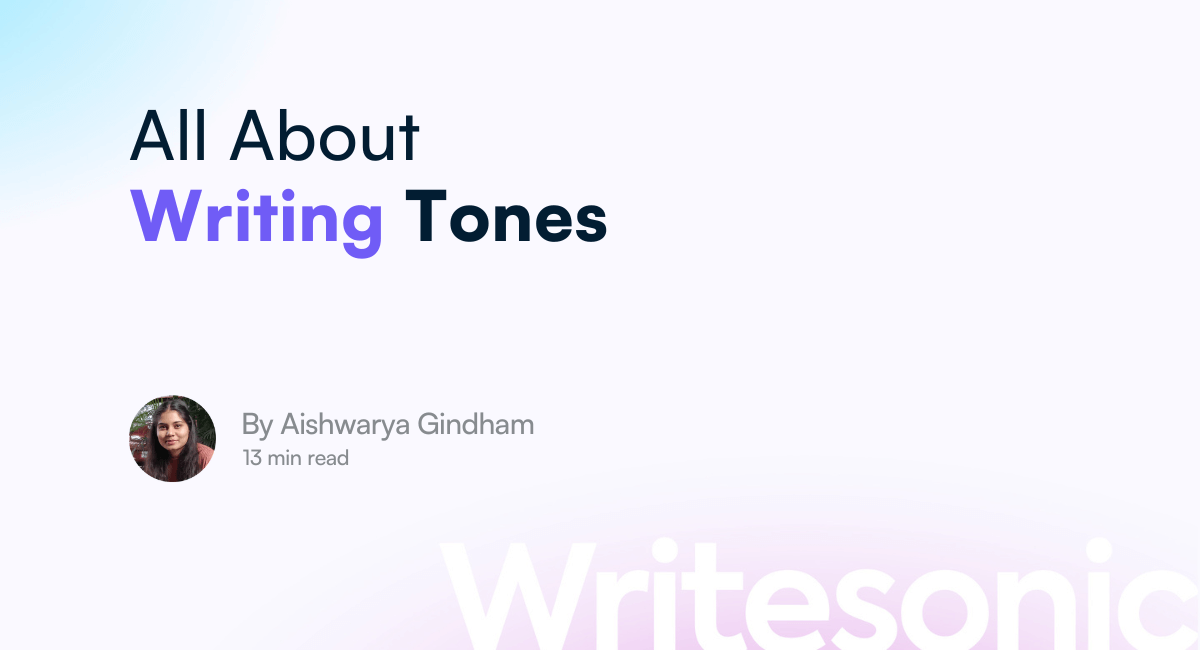Have you ever had to write a summary of an article for a school assignment, a business report, or a personal project?
Summarizing an article is an important skill that can help you to extract the most relevant information from a text, present it in a concise and clear way, and avoid plagiarism.
But how to summarize an article effectively? What are the steps involved? How long should a summary be? And how can you use an AI writer like Writesonic to simplify and speed up the process?
This blog post will answer these questions and give you some tips to summarize an article like a pro. So, let’s get started.
What is a summary?
A summary is a brief statement of the main points and ideas of an article in your own words.
A summary does not include your opinions, interpretations, or analysis of the article. It only focuses on what the author has said and how they have said it.
In a nutshell, a summary is a short, concise explanation of a text. A summary should include the most important points of the text and should be accurate, objective, and coherent. A good summary should be able to stand on its own and should not require the reader to go back and read the original text in order to understand it.
How to summarize an article – step by step
There is no one-size-fits-all formula for summarizing an article, but here are some general steps that you can follow:
Read the entire piece
The first step is to read the article carefully and thoroughly without skipping or skimming any parts. Reading the entire piece will help you get a full understanding of the author’s argument and allow you to summarize the main points of the article. Also learn how to write an article first in order to come up with a summary.
So, as you read, pay attention to the title, the introduction, the headings, the conclusion, and any keywords, phrases, or examples that the author uses to support their arguments.
Try to understand the main purpose, audience, and tone of the article because that’s what you need to convey in your summary.
Finally, keep in mind that a summary should be shorter than the original text, so try to include all the points in a very crisp and clear way.
List out the important points
After reading the article, make a list of the important points that the author has made. These are the points that you will include in your summary.
To make sure you don’t miss out on any important pointers, prepare a list. Use bullet points, numbers, or keywords to organize your list. You can also highlight, underline, or take notes on the article as you read, to help you remember the important points.
Remember, the goal is to provide a clear and concise overview of the information that is already known.
Understand the main idea of the article
In order to write a summary of an article, it is important to first understand the main idea of the piece. To do this, one must read the article and take note of the key points. Once the main idea is understood, it becomes easier to identify the most important information to include in the summary. When writing the summary, you can use the paraphrasing tool as it would help you maintain the same tone as the original article.
Next, try to identify the main idea of the piece or article. You can take help from a blog idea generator to help with topics. This is the central message or argument that the author wants to convey to the readers. It is usually stated in the introduction or the conclusion of the article or implied throughout the text.
To do this, one must read the article and take note of the key points. Once the main idea is understood, it becomes easier to identify the most important information to include in the summary.
Also, keep in mind when writing the summary, it is also important to maintain the same tone as the original article. Learn how to rewrite a sentence to maintain the originality.
Write the summary
After reading, understanding, and listing out the main points, comes the most important part – writing the actual summary!
So, start with a sentence that introduces the title, the author, and the main idea of the article. Then, write one or two paragraphs summarizing the important points you have listed, using your own words and paraphrasing the author’s expressions.
Avoid adding any new information, opinions, or details that are not mentioned in the article. You can use transitional words and phrases to connect your sentences and make your summary flow. Finally, end with a sentence that wraps up the summary and restates the main idea of the article.
Review for clarity
Finally, review your summary for clarity, accuracy, and completeness.
Check if you have included all the essential points and ideas of the article and if you have expressed them clearly and objectively. Make sure there are no grammatical errors, and the summary is plagiarism-free.
Check if your summary is coherent, logical, and concise. You can also ask someone else to read your summary and give you feedback.
Once you have the summary ready and you want to distrute it on different platforms, you can use a paragraph rewriter to generate a different version of the summary keeping the meaning intact.
How to use Writesonic to summarize an article
Looking to save time and effort and still produce a high-quality summary of an article? Use an AI writing tool like Writesonic. From blog posts and landing pages to ad copy and social media posts, it can help with various types of content.
Writesonic’s text summarizer is a powerful and easy-to-use tool that can generate summaries of articles. Here is how you can use Writesonic to summarize an article:
- Go to writesonic.com and sign up for a free account or log in if you already have one.
- Click on the “Article Summarizer” option on the dashboard.
- Paste the URL or the text of the article that you want to summarize in the input box.
- Choose the language and quality type (Premium, good, average, or economy – it is recommended to select Premium for better results).
- Click on the “Generate” button and wait for a few seconds. And ta-da! Here’s your summary, generated by Writesonic.
- You can edit, copy, or download the summary as you wish. You can also generate more summaries by clicking on the “Generate more” button and comparing them to choose the best one.
Here’s a glimpse:
How long a good summary needs to be?
There is no definitive answer to how long a summary needs to be, as it depends on the purpose, the audience, and the length of the original article.
However, a general rule of thumb is that a summary should be about 10% of the length of the article. For example, if the article is 1000 words, the summary should be around 100 words.
Of course, this is not a strict rule, and you can adjust the length of your summary according to your needs and preferences.
Tips for summarizing an article
Here are some tips to help you summarize an article more effectively:
- Read the article more than once, if necessary, to fully understand it.
- Use the inverted pyramid style, which means starting with the most important information and ending with the least important.
- Use direct quotations sparingly and only when they are essential or powerful.
- Use reporting verbs, like states, argues, claims, explains, etc., to introduce the author’s points and ideas.
- Compare your summary with the original article, and make sure you have not missed or distorted anything.
- Proofread your summary for grammar, spelling, and punctuation errors.
- To make your summary more appealing, add an image. Try using Photosonic to generate unique and catchy images.
Summarizing…
Summarizing an article is a useful skill that can help you to understand, remember, and communicate the key information and ideas of a text.
To summarize an article, you need to read the entire piece, list out the important points, understand the main idea, write the summary, and review for clarity. You can follow the above-listed tips, such as using your own words, using the inverted pyramid style, and using reporting verbs. Or you can quickly generate a summary with the help of Writesonic.
It can help you to create summaries that are accurate, concise, and coherent and that suit your purpose and tone. Try Writesonic today and see how it can boost your writing productivity and creativity.


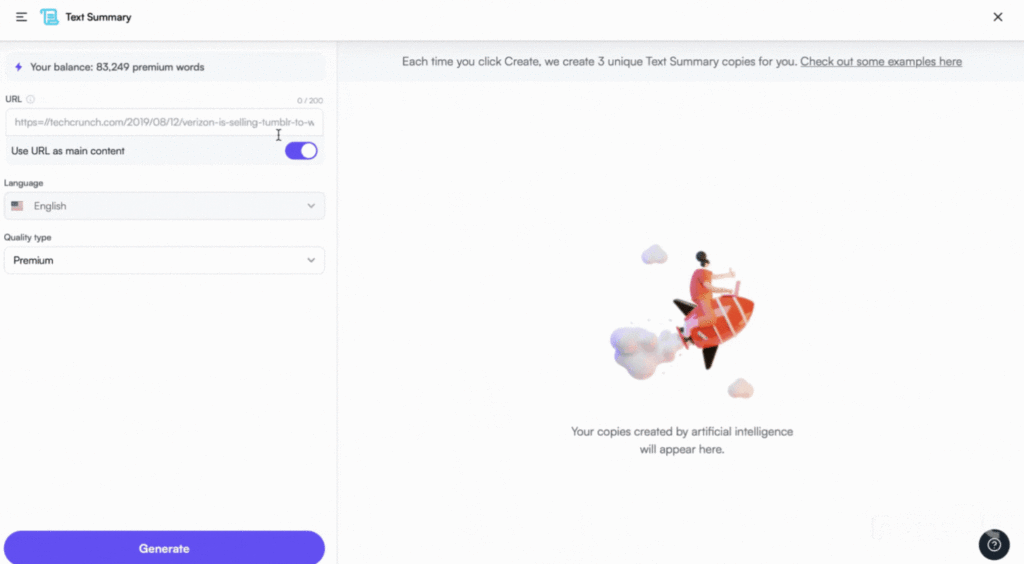

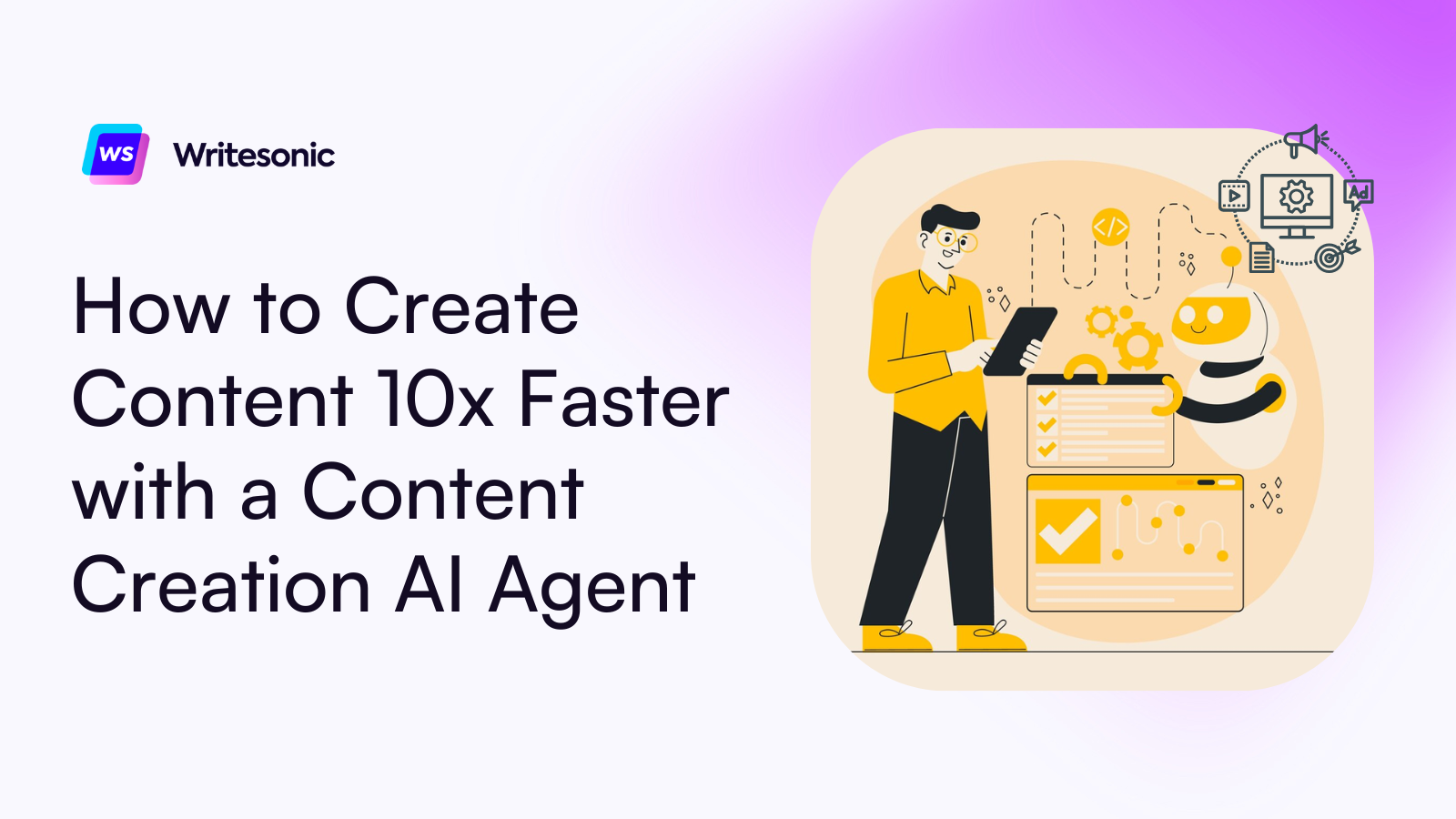






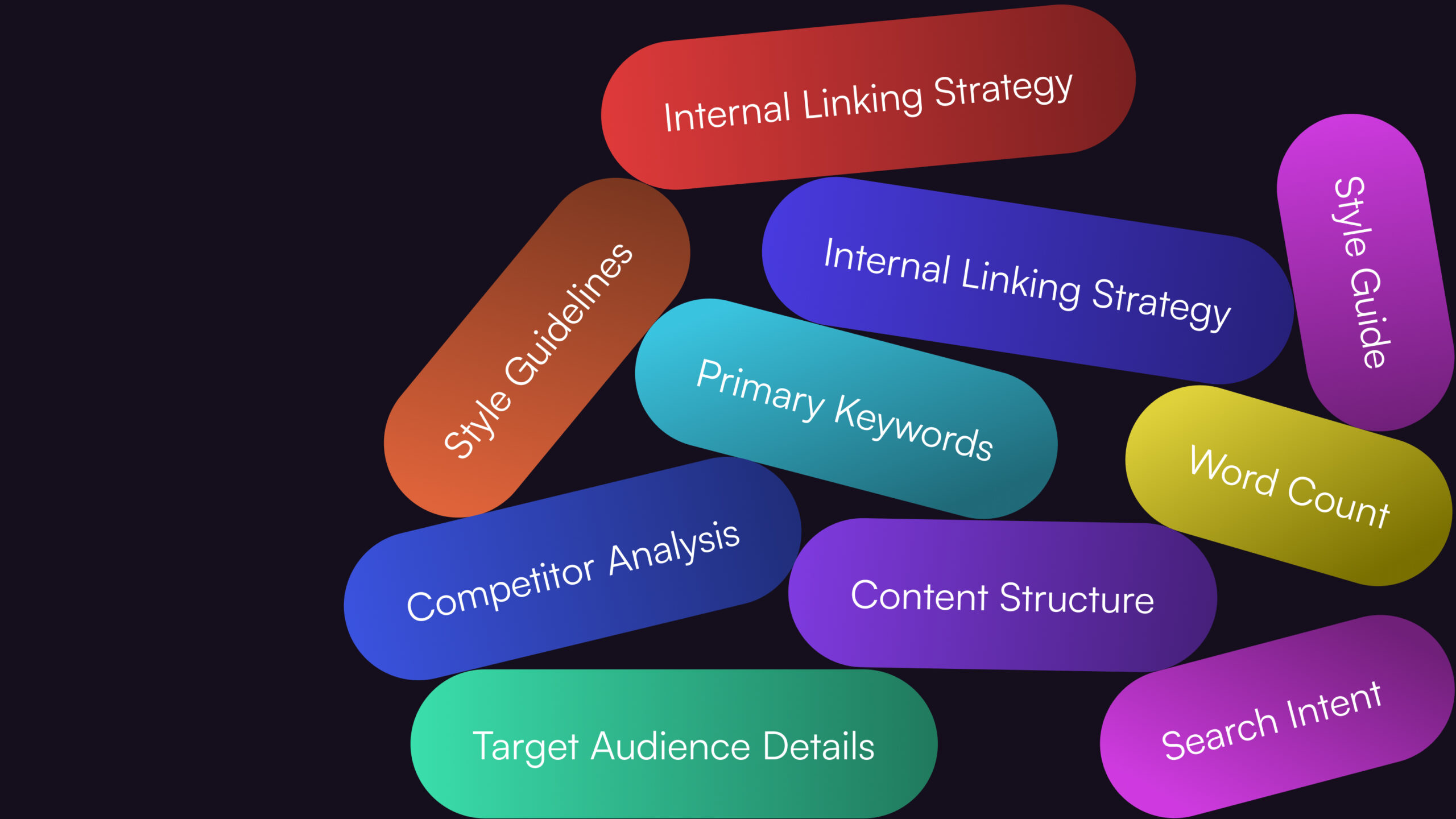


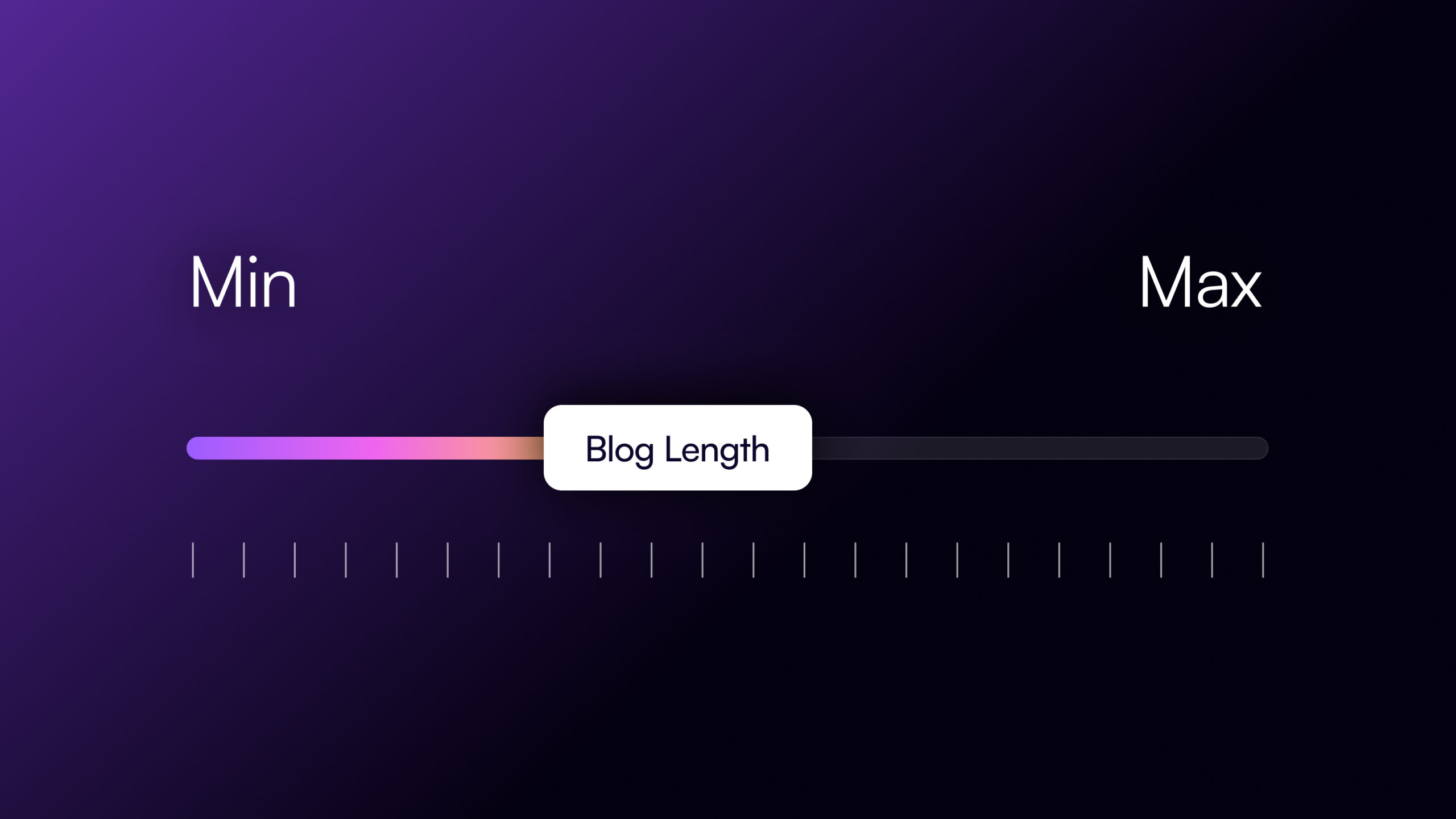
![The 11 Best AI Writing Tools to Try in 2025 [Tried & Tested]](/wp-content/uploads/AI-Writing-tools-For-Business.jpg)


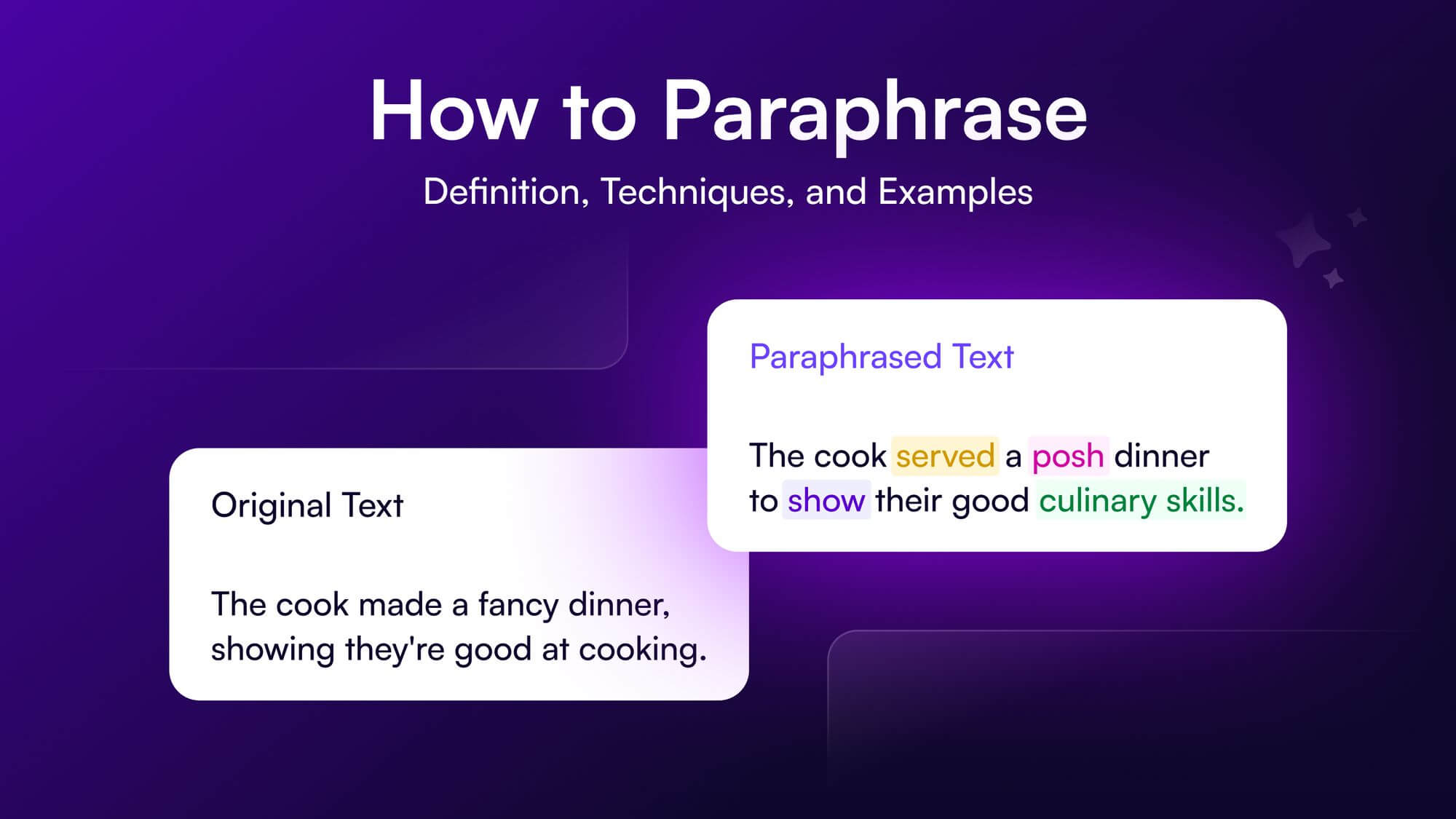


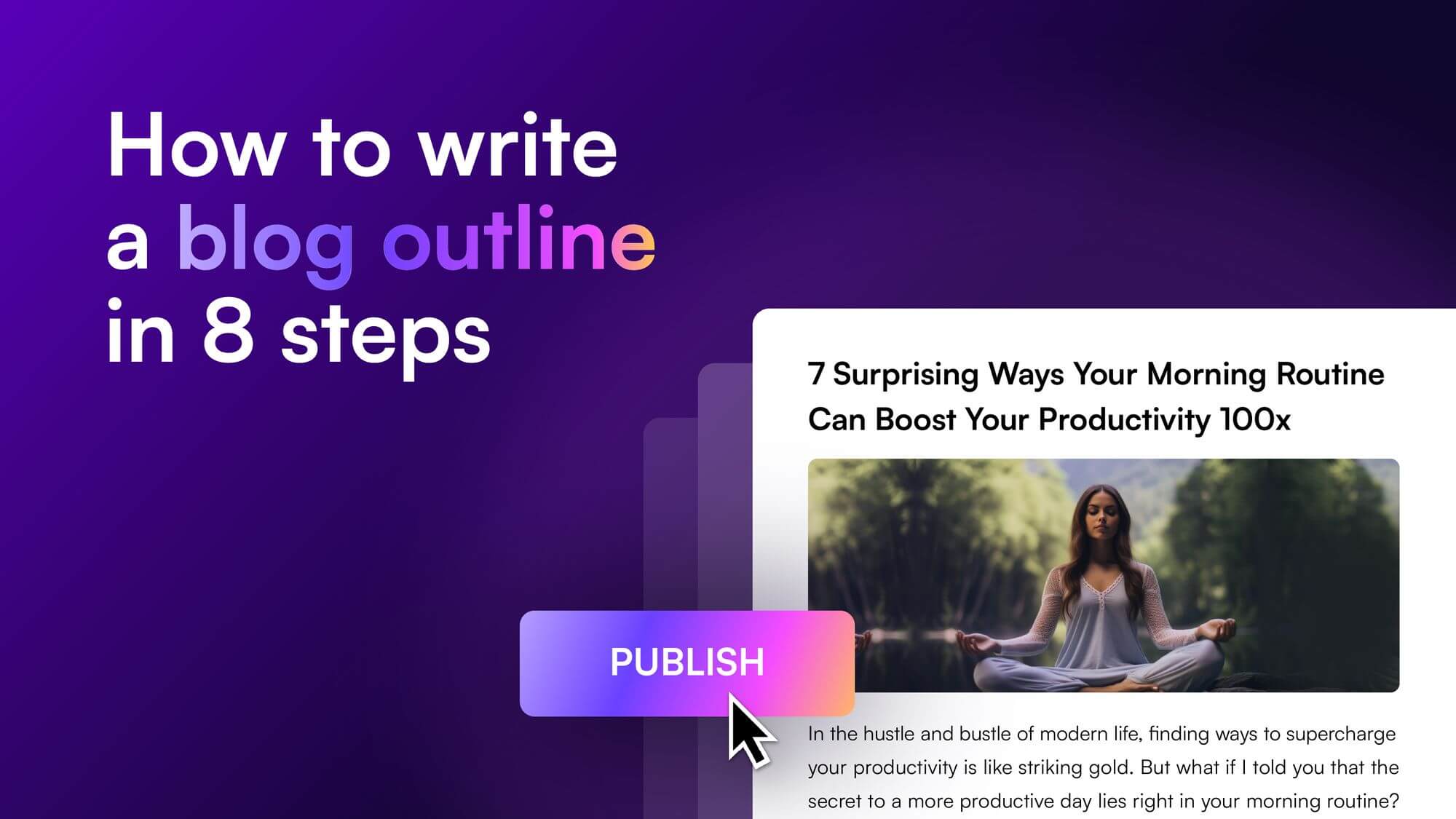

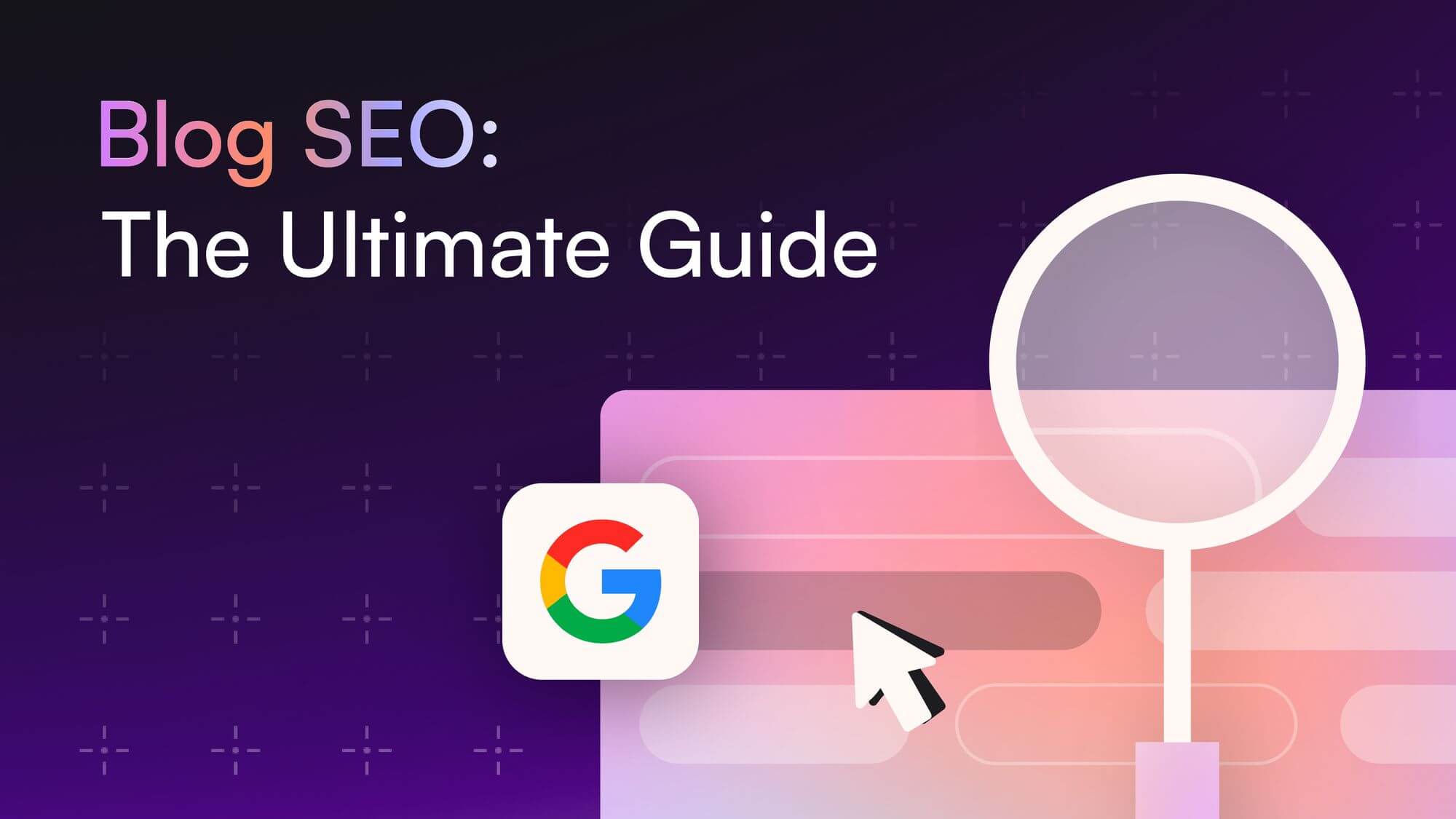

![How to Write a Blog in 2025: A Step-by-Step Guide [+Free Checklist]](/wp-content/uploads/How-to-write-a-blog-Thumbnail.jpg)





